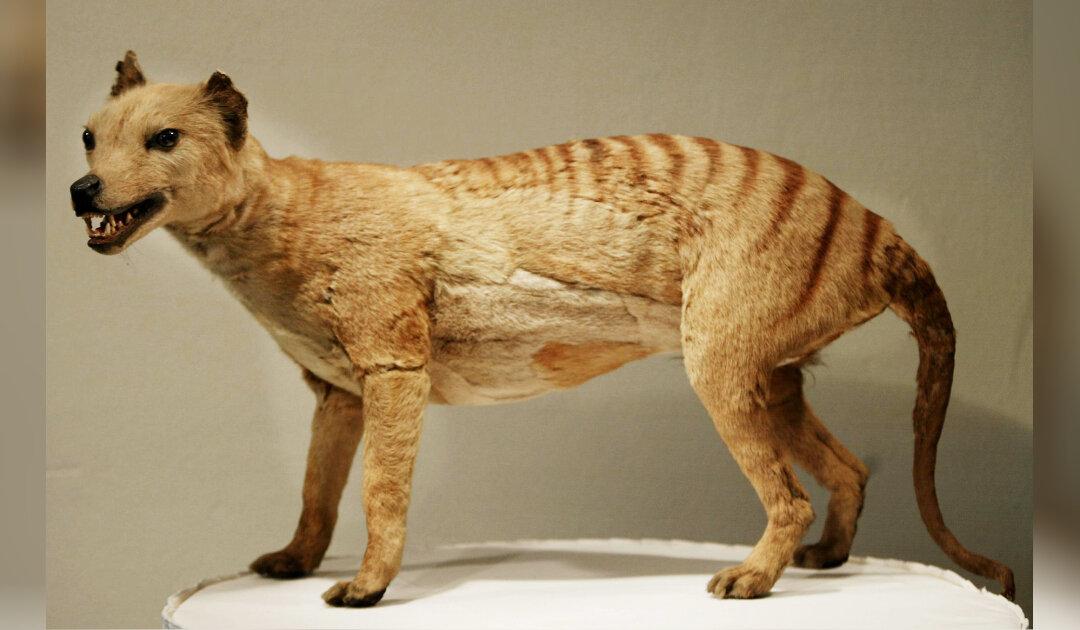People have recently reported seeing the Tasmanian Tiger, presumably extinct for over 80 years, in Australia, according to multiple reports.
Tasmania’s Department of Primary Industries, Parks, Water, and Environment have recently released a document which recorded all the possible sightings of the thylacine, known scientifically as Thylacinus cynocephalus, according to ABC News. A total of eight sightings have been reported from September 2016 to August 2019, according to the document.





